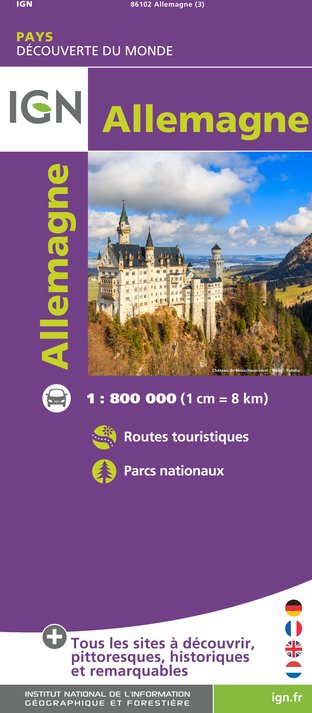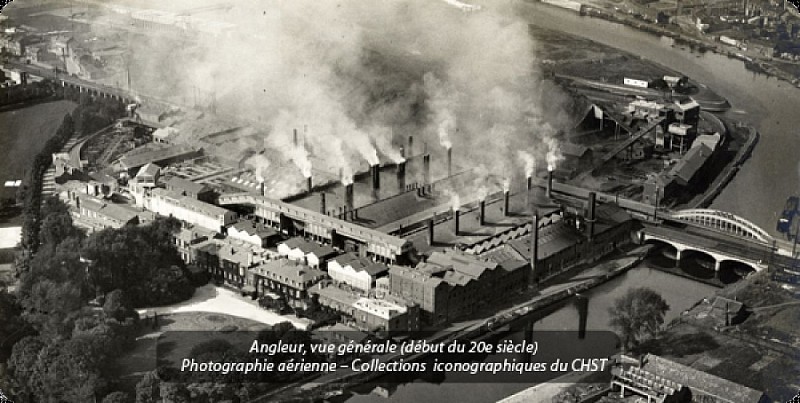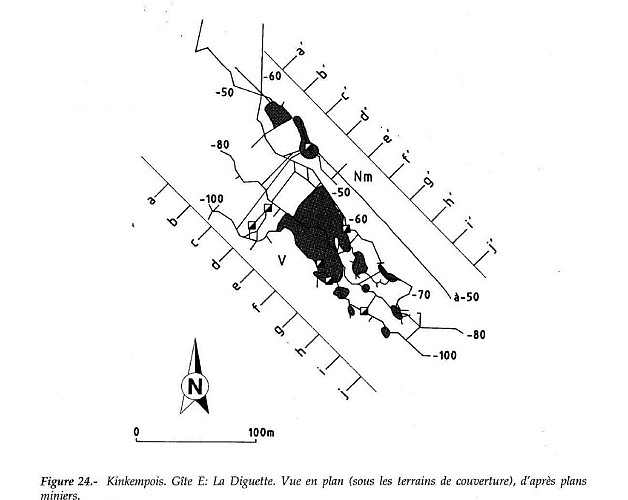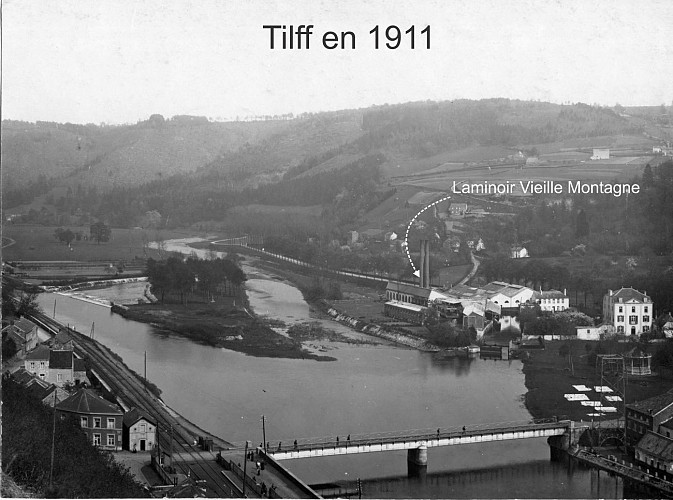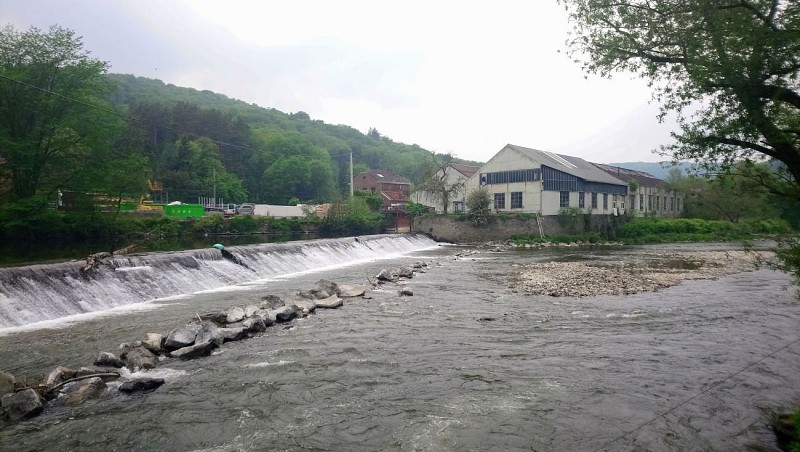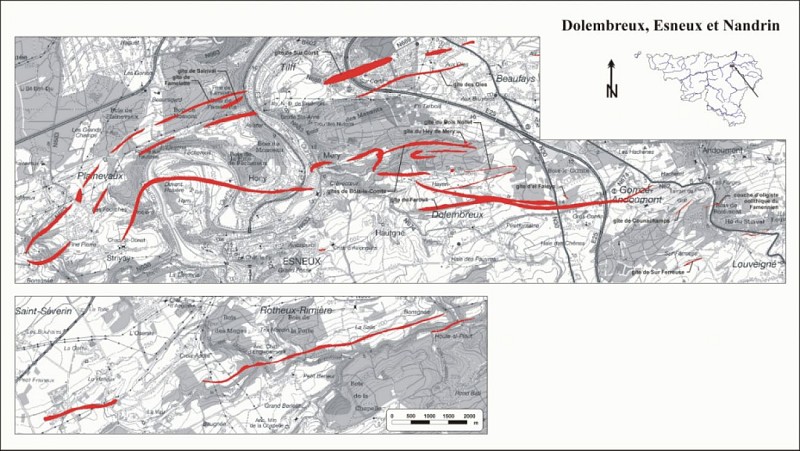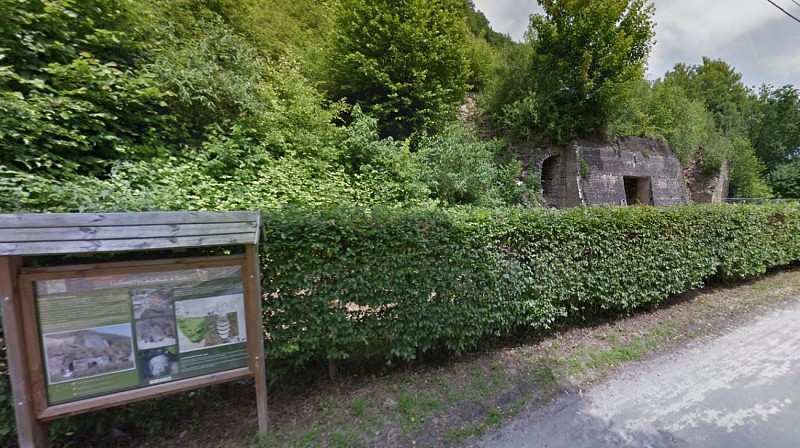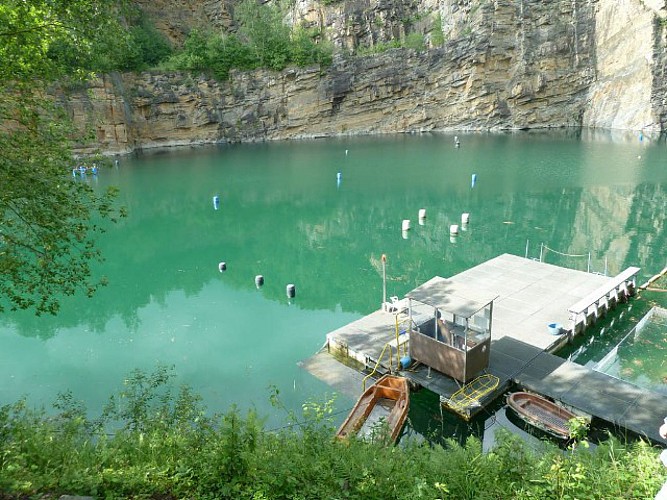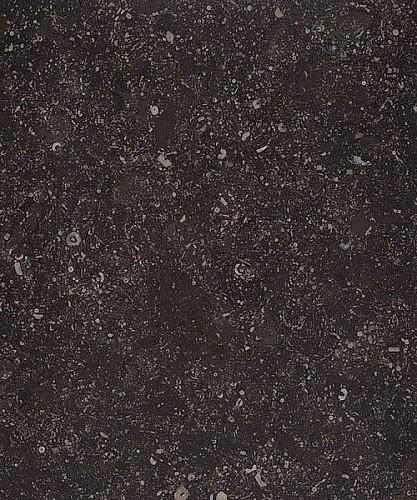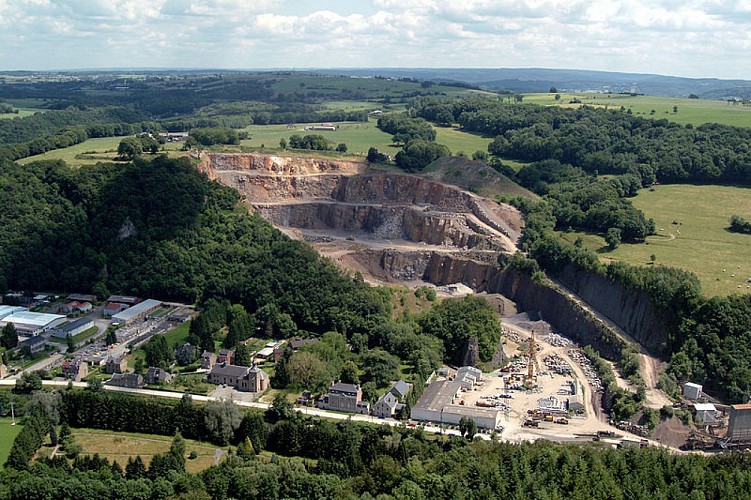Alert
Alerts
Type of practice
Racing biking
Very easy
2h
Walking
Hard
5h
Trail running
Easy
3h30mn
Wheelchair with 2 wheels
Hard
5h
Electric bicycle
Very easy
1h2mn
Cycling
Very easy
2h2mn
Mountainbiking
Very easy
2h
Presentation
Description
Map
Points of interest
Ratings and reviews
See around
Industrial Path of the Lower Ourthe Valley

IGN cards
Description
Discover, through 10 points of interrest, the amazing industrial heritage of the Lower Ourthe Valley which was in full swing from Middle Age to the XX century.
It is possible to go back in Liege by train.
Technical Information
Racing biking
Difficulty
Very easy
Duration
2h
(1d)
Dist.
36 km
Type of practice
Racing biking
Very easy
2h
Walking
Hard
5h
Trail running
Easy
3h30mn
Wheelchair with 2 wheels
Hard
5h
Electric bicycle
Very easy
1h2mn
Cycling
Very easy
2h2mn
Mountainbiking
Very easy
2h
Show more
Altimetric profile
Starting point
122-126
Place des Guillemins
,
4000
Liège
Lat : 50.62494Lng : 5.56767
Points of interest
Data author

proposed by
Université de Liège
Ratings and reviews
To see around


